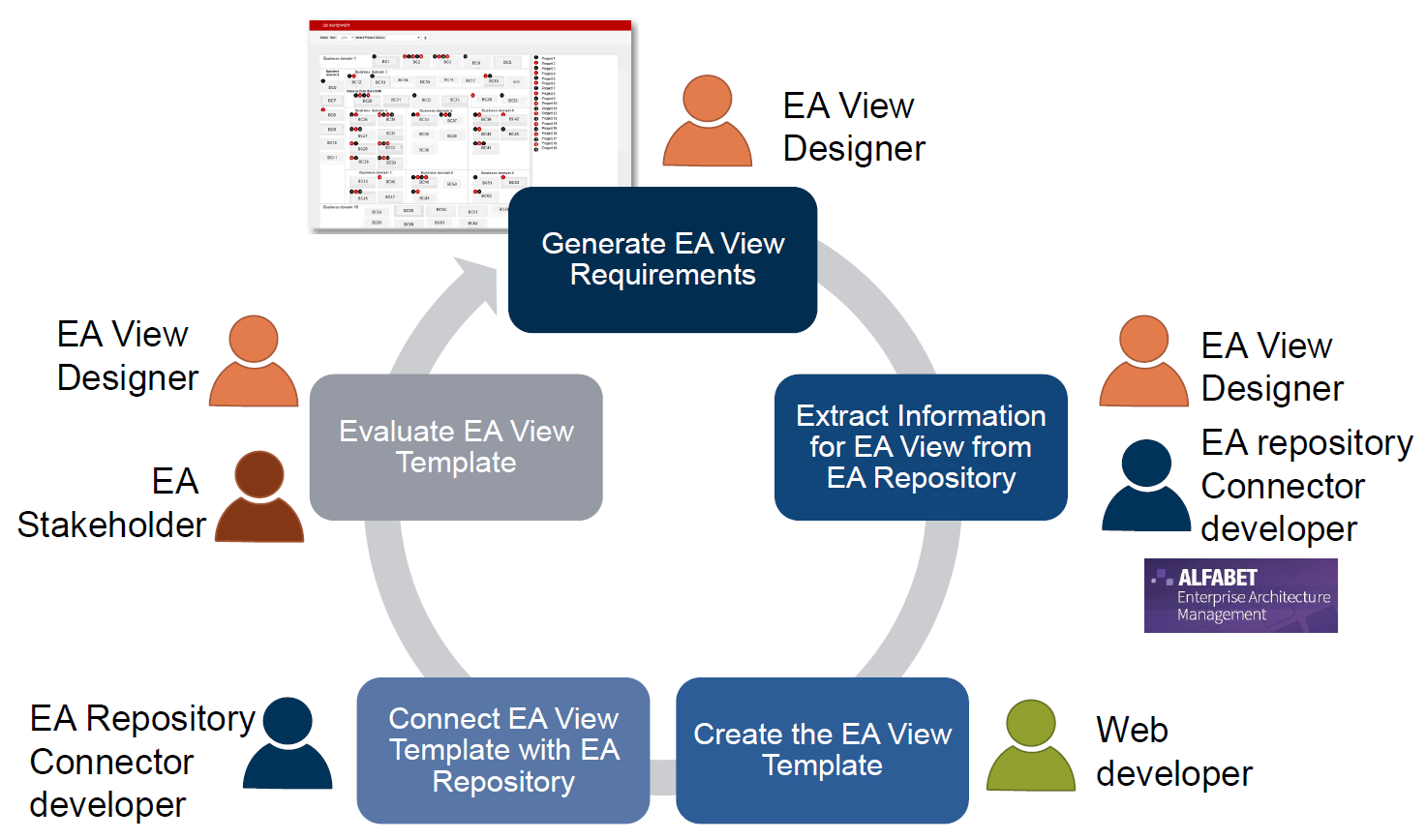Enterprise Information Systems (EIS) are used in modern companies for integrating and extending processes across the boundaries of their business models at both horizontal and vertical levels [1]. Particularly in large companies, the EIS are expensive and complex software products, which provide services for data, process and security. During the last decade these software systems, along with their models for data, process and security, have evolved and matured. Despite the successful or failure stories, it is a shared understanding that the process of integrating them into the companies is complex and time-consuming [2]. Therefore, the processes of replacing, maintaining or adapting the existing EIS to new conditions requires a significative amount of efforts and resources for coordinating their different stakeholders. However, as it is stated in [3], the EIS stakeholders face the challenges of supporting innovative processes using the information stored in existing EIS.
The User Interface (UI) is a research field where exists continuous innovation at the academic and the industry levels. Using the innovation framework proposed by Anderson and Tushman in [4], we can describe the non-existence of a dominant design in the UI technologies, contrariwise there are many design alternatives, which can vary on the context of use. For this reason, this UI innovation process, in the context of the existing EIS, introduces a design dichotomy between the concepts: robustness and evolution, which normally causes that the UI of the EIS is not aligned with the needs of their stakeholders. Therefore, the main problem we are addressing with this research is the integration of a structured and predictive process, like the evolution of the existing EIS in the enterprises, with a flexible process, like the UI innovation.
Expected Artefacts
The View-Driven Approach consists in the creation of visualizations based on initial Mockups (i.e Views), which can be created by designers, possibly with stub or dummy data, and extract the information demand based on the information necessary to generate the Bussiness Applications.

[1] L. D. Xu, “Enterprise systems: State-of-the-art and future trends,” IEEE Transactions on Industrial Informatics, vol. 7, pp. 630–640, nov 2011.
[2] H. Liang, N. Saraf, Q. Hu, and Y. Xue, “Assimilation of enterprise systems: The effect of institutional pressures and the mediating role of top management,” MIS Quarterly, vol. 31, no. 1, pp. 59–87, 2007.
[3] K. D. Swenson, “Designing for an innovative learning organization,” in 2013 17th IEEE International Enterprise Distributed Object Computing Conference, pp. 209–213, IEEE, sep 2013.
[4] P. Anderson and M. L. Tushman, “Technological discontinuities and dominant designs: A cyclical model of technological change,” Administrative Science Quarterly, vol. 35, no. 4, pp. 604–633, 1990.